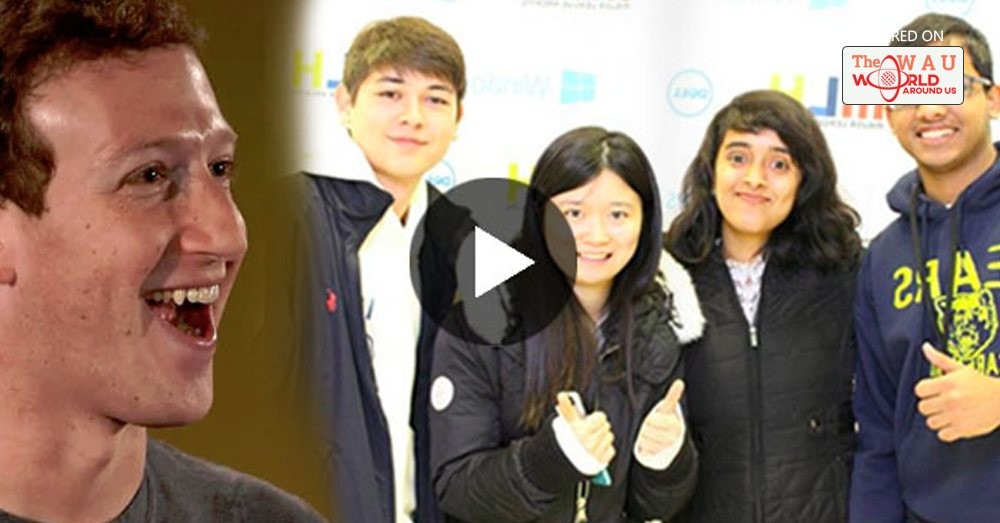Facebook faces criticism for allowing propaganda to spread fake news stories all over the site during the 2016 US presidential Election.
Even U.S. President Barack Obama noticed the spread of hoaxes and lies, which prompted him to call Facebook a “dust cloud of nonsense.”
President Obama’s comments urged Business Insider’s Alyson Shontell to contact Facebook CEO Mark Zuckerberg for his reaction about the outgoing president’s statement.
The CEO said that fake news only gains a little percentage of the total views and shares on Facebook that it couldn’t have made such a huge impact. He vowed to do better regarding their fact-checking, but separating false news from the real ones is a difficult task indeed.
These college students proved Zuckerberg wrong by solving the issue within 36 hours.
These four students did it in 36 hours during the “hackathon” at Princeton University by creating a Google Chrome browser extension. Facebook was actually one of the sponsors for the event.
They named their project “FiB: Stop living a lie.”
According to Business Insider, the students who created the extension are:
“Nabanita De, a sophomore student studying her master's degree in computer science at the University of Massachusetts at Amherst; Anant Goel, a first year college student at Purdue University; Mark Craft, second year student at the University of Illinois at Urbana-Champaign; and Qinglin Chen, a sophomore student studying at University of Illinois at Urbana-Champaign.”
Here’s how the extension works:
"It classifies every post, be it pictures (Twitter snapshots), adult content pictures, fake links, malware links, fake news links as verified or non-verified using artificial intelligence,” De said.
"For links, we take into account the website's reputation, also query it against malware and phishing websites database and also take the content, search it on Google/Bing, retrieve searches with high confidence and summarize that link and show to the user. For pictures like Twitter snapshots, we convert the image to text, use the usernames mentioned in the tweet, to get all tweets of the user and check if current tweet was ever posted by the user," she added.
While the extension is running, it adds tags that say whether a story is verified or not. This will hopefully curb the spread of fake news on Facebook.
The creators of “FiB” created it as open-source project, so developers can easily install the application.
Still, Chrome plug-in labels can’t totally solve the problem of fake news. A tag won’t prevent the story from being published and spread in the first place.
It is a step in the right direction, however, and will hopefully shame publishers of fake news and hoaxes enough that they’ll stop producing lies.

Share This Post















